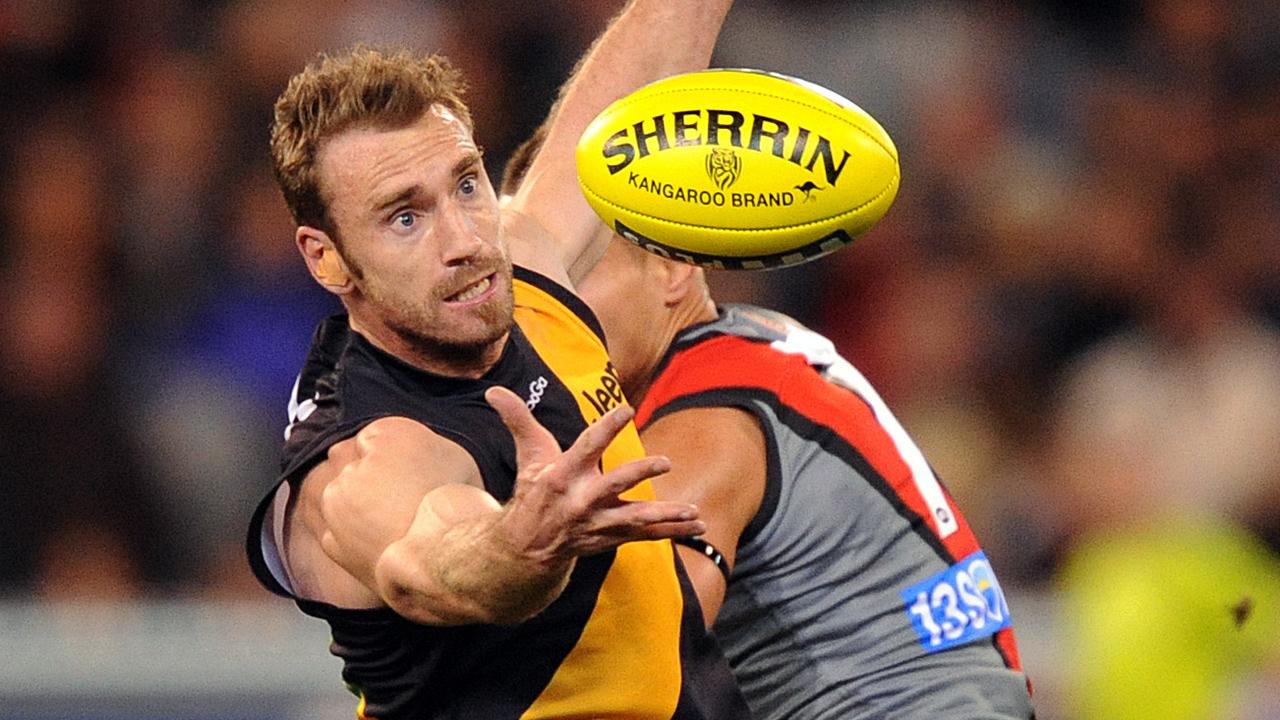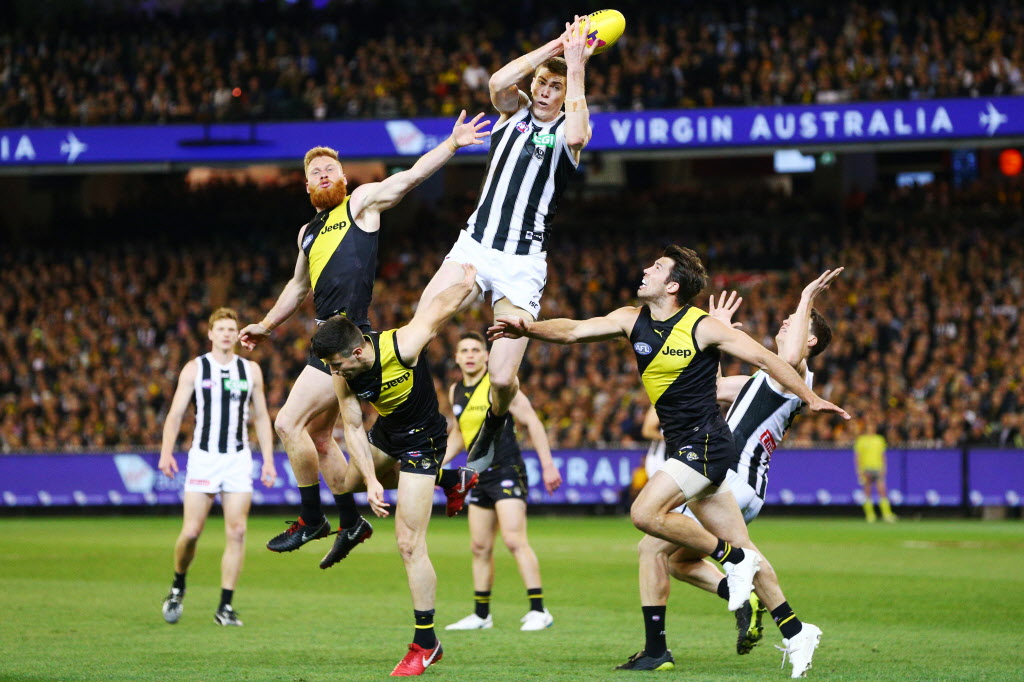Major wearing codes, like the NRL and AFL, ought to have required get back to-play protocols in blackout, including 21 days out of contest to permit players to recuperate appropriately.
The suggestion is among a series from a six-month investigation into blackouts and rehashed head injury in physical games which were postponed in the Senate on Tuesday night.
Greens congressperson Janet Rice, the seat of the council, said it was “a milestone report” in figuring out the impacts of blackout on Australian games players and perceiving the activities expected to resolve the issue.
“It is the ideal opportunity for the district to move forward. Blackout is a difficult issue influencing huge number of Australians,” Rice said. There is significantly more that the region would be able and ought to do.”
The report suggested that brandishing associations ought to consider rule changes to limit blackout risk, while the public authority ought to foster a public games injury information base, with which wearing bodies ought to share blackout related information.
The board of trustees upheld the public authority following the UK’s way to deal with grassroots game in creating general protocols that suggested players take at least 21 days out of rivalry subsequent to supporting a blackout.
It concurred with request members who said the monetary, clinical and different backings proposed to players impacted by blackout and rehashed head injury were lacking.
“In a general sense, key public brandishing associations could additionally upgrade their responsibility and their obligation of care to competitors the nation over, giving competitors more help or assets to answer all the more successfully to extraordinary difficulties,” the board of trustees said.
“It was obvious to the board of trustees that critical changes and enhancements are expected to guarantee that people from all degrees of game are sufficiently upheld, remediated and repaid if they experience the ill effects of the continuous effects of blackout and rehashed head injury because of their cooperation in sport.”
The national government ought to likewise track down ways of empowering free exploration financing into the issue to guarantee the trustworthiness of the work, the report said.
“Exhaustive and autonomous exploration is fundamental to guarantee that future games individuals and their families don’t need to encounter the agony and experiencing that current and previous ages have confronted,” the board of trustees said.
The request was laid out in December last year right after expanding public concern, including announcing by Watchman Australia, about wearing associations’ administration of player head wounds and the huge and developing group of logical proof appearance joins between rehashed openness to head injury in physical games and neurodegenerative sickness.
The request heard from many individuals who experienced long haul and continuous impacts of horrible mind injury, including nerve racking declaration from individuals with relatives who were found to have had ongoing awful encephalopathy (CTE), the crippling neurodegenerative illness brought about by rehashed head injury.
There was obvious proof of a causal connection between rehashed head injury and blackouts and ensuing neurodegenerative infections, for example, CTE, the panel said. While there stayed a few inquiries regarding the level of openness expected to set off such neurological decay, “these inquiries ought not be utilized to sabotage the basic idea of that connection”, and it was basic that legislatures and wearing bodies acted promptly with preparatory, deterrent measures.
It was “unacceptable and unjust” that proficient players were prohibited from laborers’ remuneration plots, the council said, and suggested that state and domain legislatures investigate how to incorporate sportspeople in their plans.
No-shortcoming protection plans were not piece of the proposals, in spite of the report perceiving the requirement for players to be guaranteed for head injury, and significant time during hearings spent talking about the need of it.
Rice said she was “actually frustrated” that the panel didn’t make this suggestion.
“The Greens would uphold the improvement of a no-issue protection plot for sports wounds. For the overwhelming majority locally, managing blackouts is past the point of no return – we have work to cause to safeguard future damage the nation over.”
Rice said she trusted the national government viewed the report in a serious way and would move rapidly to carry out the proposals.
“A significant number of the suggestions are framed as far as suggesting that the public authority ‘consider’ making a move,” she said. “I encourage the public authority to move past considering and to desperately make the substantial moves that we have raised.”
Blackout specialists and researchers answered predominantly decidedly to the advisory group’s discoveries on Wednesday.
Sarah Hellewell, senior examination individual in neurotrauma at Curtin College, said the suggestions were “significant for the fate of blackout research in Australia, and will go far to help how we might interpret the drawn out impacts of horrible cerebrum injury.”
Prof Hendry Brodaty at UNSW Sydney’s Middle for Solid Mind Maturing, said the suggestions in the report were “brilliant”. “As a run an expert memory facility for very nearly 40 years, I’m keenly conscious about this issue and have seen numerous football players with dementia, other neurological circumstances and mental issues in late life which is sad for themselves as well as their families,” he said.
La Trobe’s Prof Alan Pearce, research supervisor at the Australian Games Cerebrum Bank, who gave proof to the advisory group, commended the report yet repeated Rice’s interests in regards to the language the suggestions were framed in.
“The request report is careful and I praise the council for orchestrating such countless perspectives,” Pearce said. “The suggestions unquestionably recognize the science on the causal connections between monotonous head injury and CTE, yet some miss the mark on forcefulness expected to decrease the gamble of long haul mind illness.”


